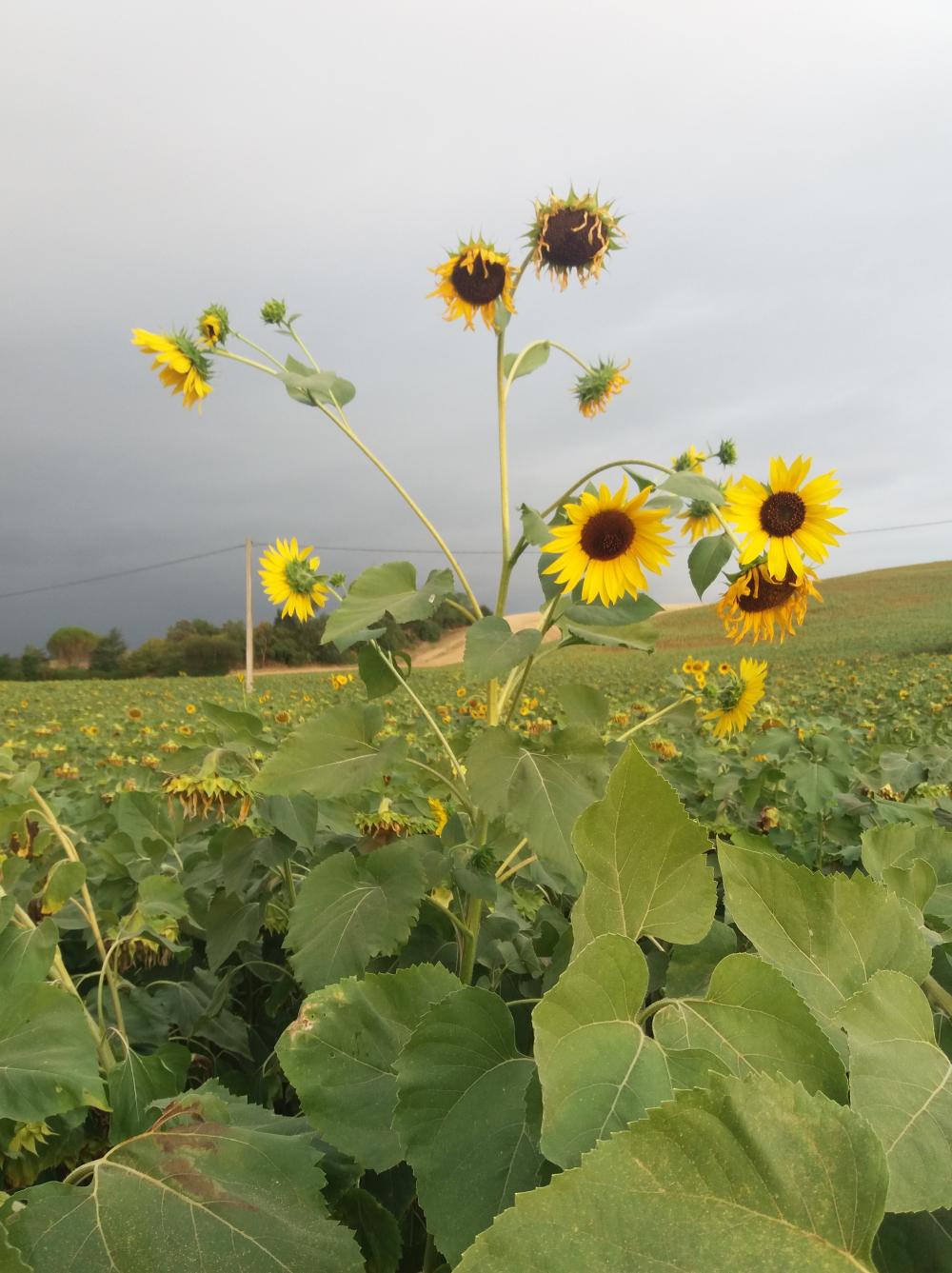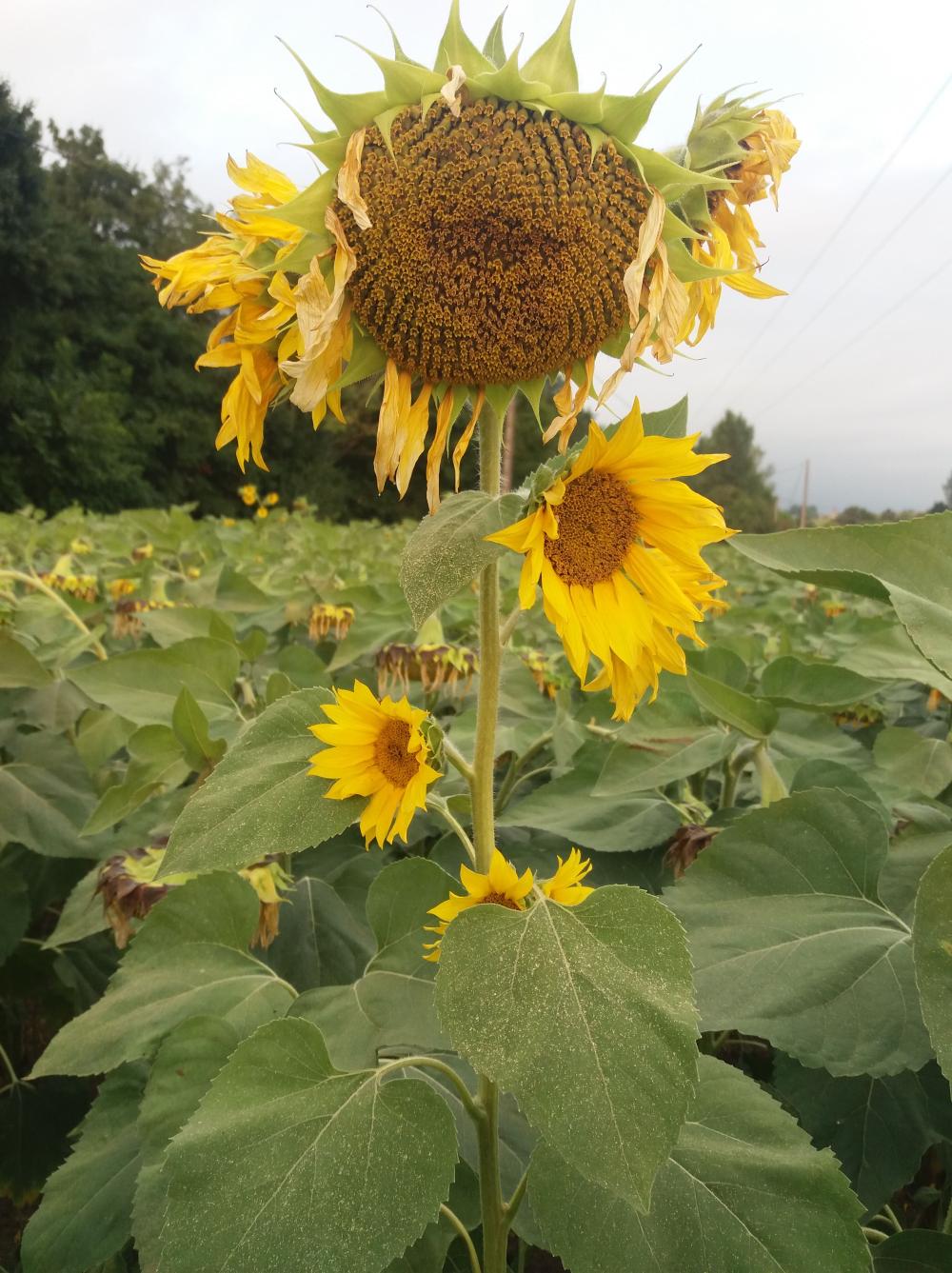Wild sunflowers: Terres Inovia launches its online survey!
Wild sunflowers: Terres Inovia launches its online survey!
A few wild sunflower plants in a sunflower plot are enough to cause a very heavy and damaging infestation, in 2-3 sunflower crop cycles. The consequences are serious: yield losses (in excess of 10 q/ha), even the impossibility of harvesting and loss of quality.
Terres Inovia is launching an online survey to find out more about infested areas and combat this weed effectively!
Whether you are a farmer or a technician, you are all invited to enter the sunflower plots in which you have identified wild sunflower. This will make it possible to obtain a substantial database on the location of this weed, with the aim of improving knowledge of its development and optimising the control methods envisaged.
A summary of the municipalities affected will be available on the site. All other information entered will remain confidential. Thank you in advance for your contribution to this collective effort!
Why take drastic action against wild sunflowers?
Found mainly in the large south-western quarter of France (Occitanie, Nouvelle Aquitaine and Vendée), wild sunflowers are very harmful:
- They are highly invasive: a few isolated plants (even 1 to 10 plants/ha) can lead to large outbreaks or even infestation of the entire plot after 2 or 3 growing cycles with sunflowers.
- Because the seeds are dormant, it is difficult to get rid of them in the short term.
- Widespread infestation can lead to
- a loss of yield (which can exceed 50%!),
- loss of quality: reduced oleic acid content (up to 10 points lower),
- impossible harvesting (late ripening).
How do you recognise them?
Wild sunflowers are characterised by :

- a height of over 2 m
- bushy growth habit,
- numerous small flower heads,
- purplish pigmentation
- staggered flowering
- marked shattering of flower heads at maturity
- a plant on the row (new infestation) or in the inter-row.
Don't confuse them with polyfloral sunflowers! Not all polyfloral sunflowers are wild...
Polyflora sunflower :

- one main flower head
- absence of anthocyanin coloration,
- no ginning at maturity.
Polyfloria: occasional phenomenon induced on certain varieties by significant temperature variations (of the order of 14°C to 20°C) and/or a period of frost during the flower initiation phase, which occurs 35 to 45 days after emergence.
Sunflower shoot: one main flower head - absence of anthocyanin coloration. The plant tends to grow between rows and is comparable in height to cultivated sunflower.
What should I do if there are wild sunflowers in my plot?
1) Complete the Terres Inovia online survey: Respond to the survey
2) It is essential to take isolated plants observed in plots seriously:
- visit the sunflower plots to detect the first plants
- uproot them before they go to seed
If the wild sunflowers spotted have already set seed, take precautions when digging them up so that the seeds do not fall to the ground, then put them in a bag and remove them from the plot.
Warning: if wild sunflowers are present on the row (at very low levels, probably accidentally introduced by the seed lot, following pollen pollution in production), it is essential and urgent to inform your distributor, so that he can make all the necessary arrangements with the other growers buying the same seed lot.
Learn more : https://www.terresinovia.fr/-/comment-lutter-contre-les-tournesols-sauvages
Download the "Wild sunflowers: don't let them invade" leaflet - Terres Inovia 2015 ed. https://www.terresinovia.fr/documents/20126/156305/fiche_tournesol_sauvage_2015_Terres_Inovia.pdf
Link to the online survey : https://arcg.is/1veunb